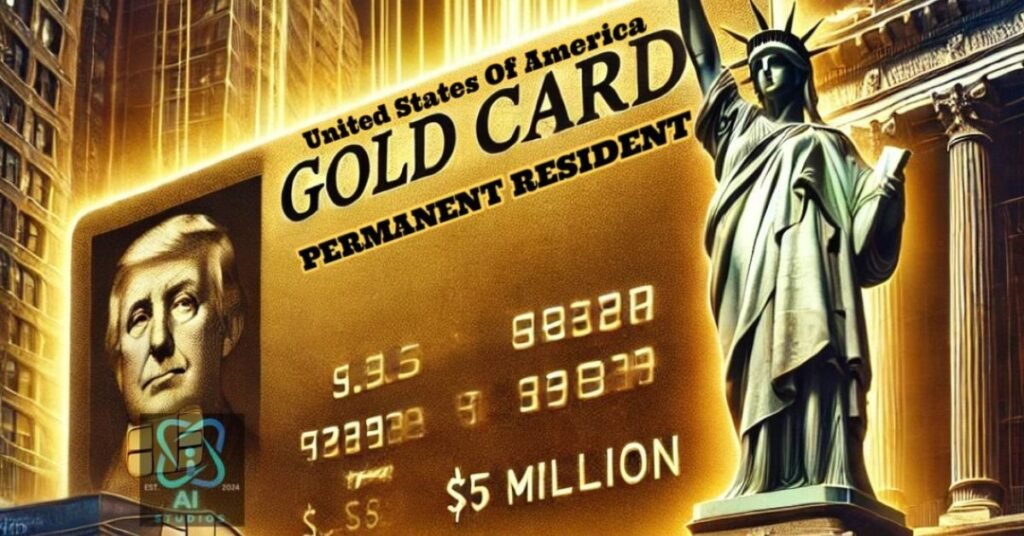FAQs
- Invest in an EB-5 regional center, which is a U.S. entity that has been designated by USCIS
- Make the investment
- File Form I-526, the Immigrant Petition by Alien Entrepreneur, with USCIS. Are you in the USA? File Form I-485, Application to Register Permanent Residence or Adjust Status
- Scheduled for an interview with a USCIS officer once your application got approved
- Receive your EB-5 visa.
The minimum investment required to get an EB-5 visa in a TEA(Targeted Employment Area) is $800K. On the other hand, the minimum investment required for non-TEA(Targeted Employment Area) is $1.05 million.
No. The spouse should meet all the eligibility criteria as the primary applicant to receive the green card and complete the entire Visa process.
EB-5 investor family members can apply for their green cards once the investor’s Form I-526 petition is approved. They can either apply for consular processing or adjustment of status, depending on their circumstances.
If the investor is living outside of the United States, their family members will need to apply for their green cards through consular processing. This means that they will need to attend an interview at a U.S. embassy or consulate in their home country.
If the investor is already living in the United States, their family members can apply for their green cards through adjustment of status. This means that they will file their green card application with USCIS and will not need to leave the United States.
Generally, the unborn grandchild of an EB-5 investor is not included in the I-526 Petition. However, the EB-5 investor and their derivatives can apply for the immigration status of their child after receiving their permanent resident status in the U.S.
As of 2023, the approximate time for EB-5 visa processing is between 29.5 and 61 months assuming that the primary applicant has filed a I-526 petition. However, for investors residing in the USA, I-485 processing time ranges from 7 to 29 months.
As of 2023, the EB-5 visa does not have an expiry date. The EB-5 program itself is currently authorized through September 30, 2027. However, it is possible that the program could be extended or even terminated before then. Investors should stay informed about the status of the program so that they can plan accordingly.
After being approved for an EB-5 visa, investors are granted conditional residency for two years. During this time, they must meet certain requirements, such as maintaining their investment and creating jobs. If they meet these requirements, their conditional residency will be converted to permanent residency.
EB-5 investors who are granted permanent residency (green cards) are issued green cards that are valid for 10 years. After 10 years, they must renew their green cards.


